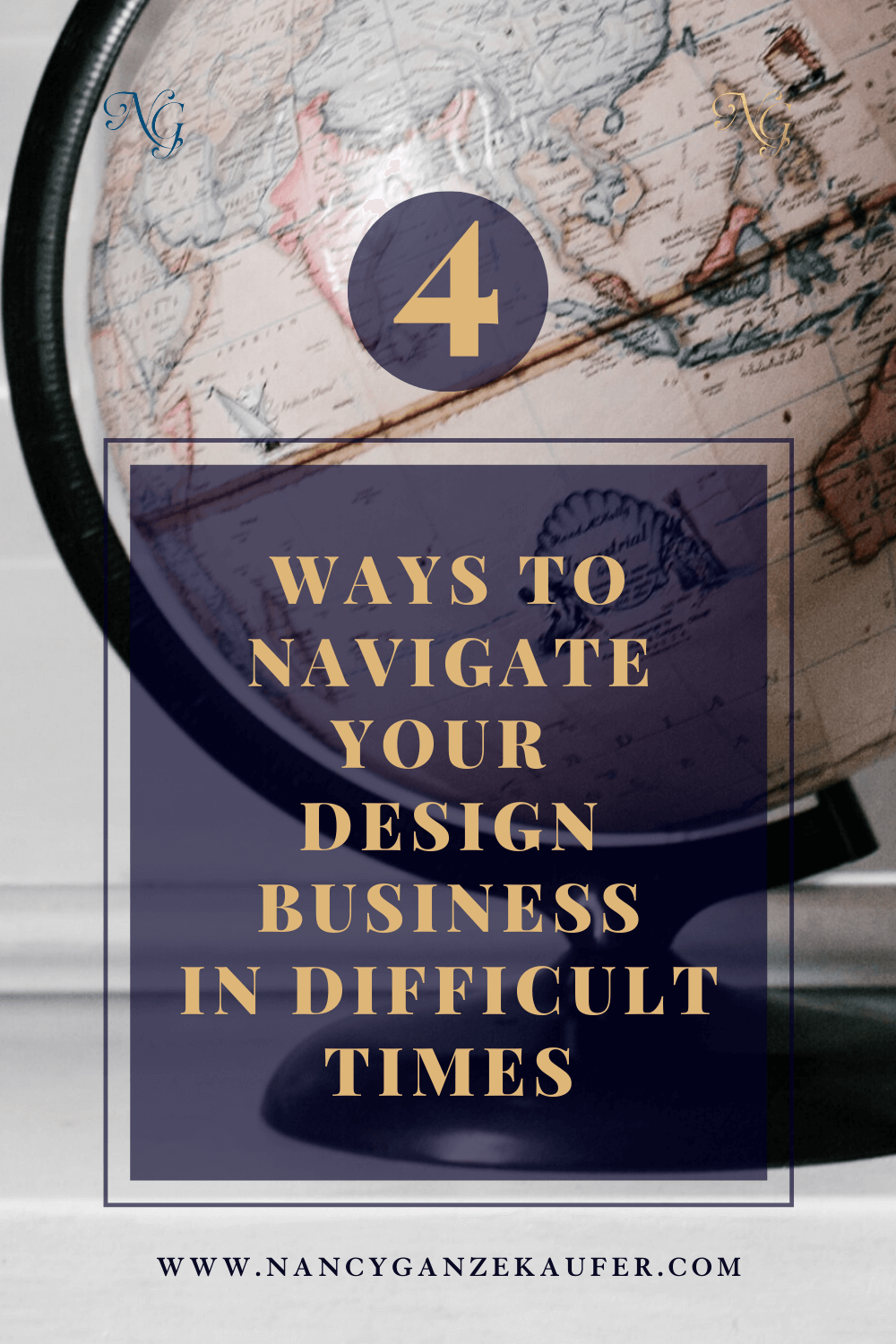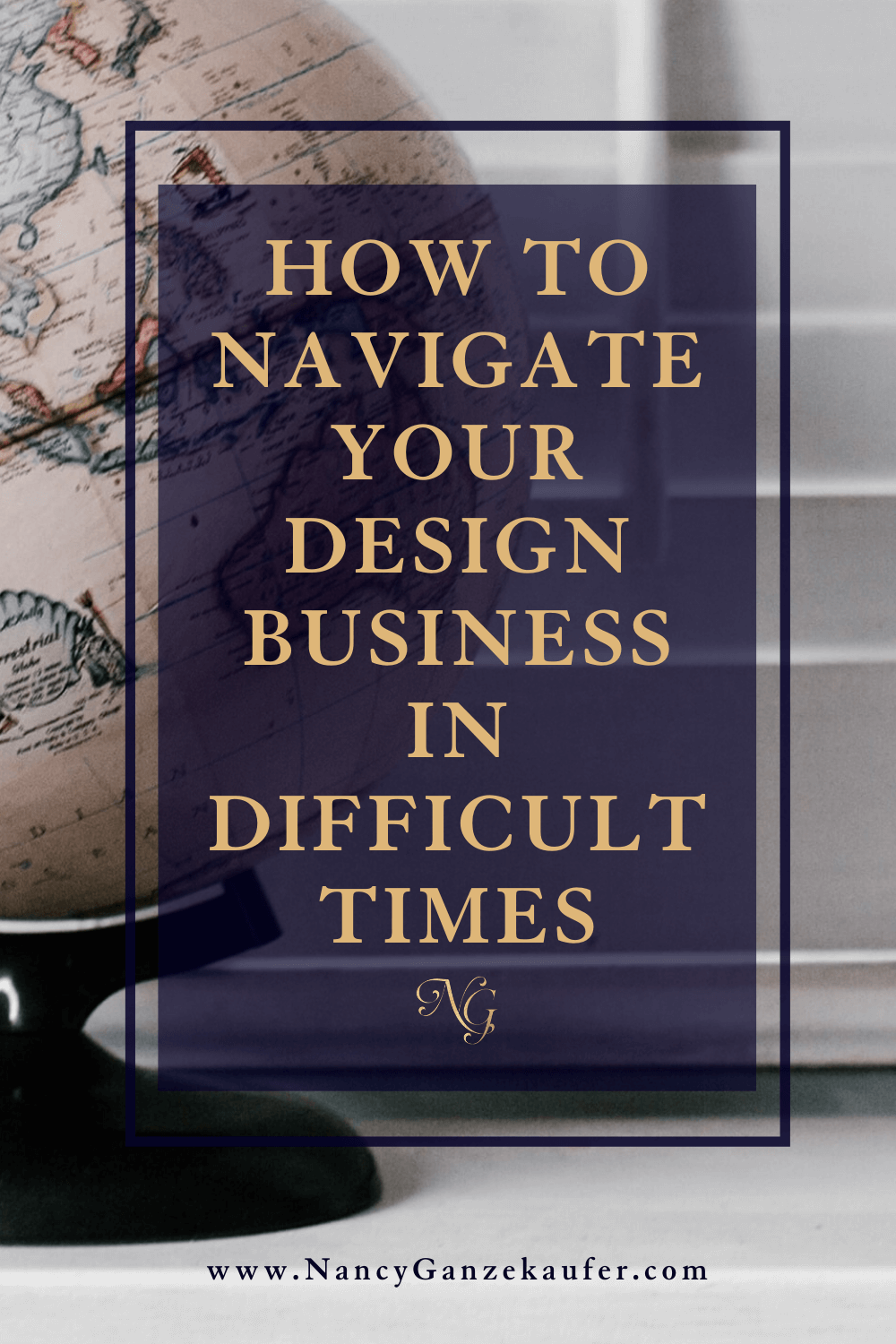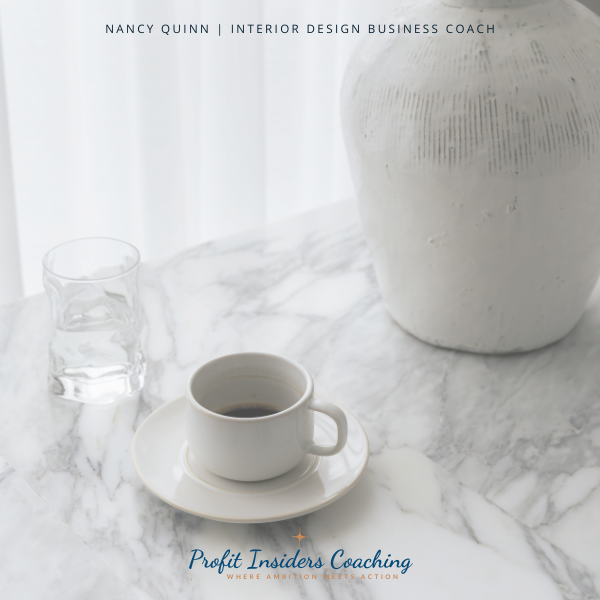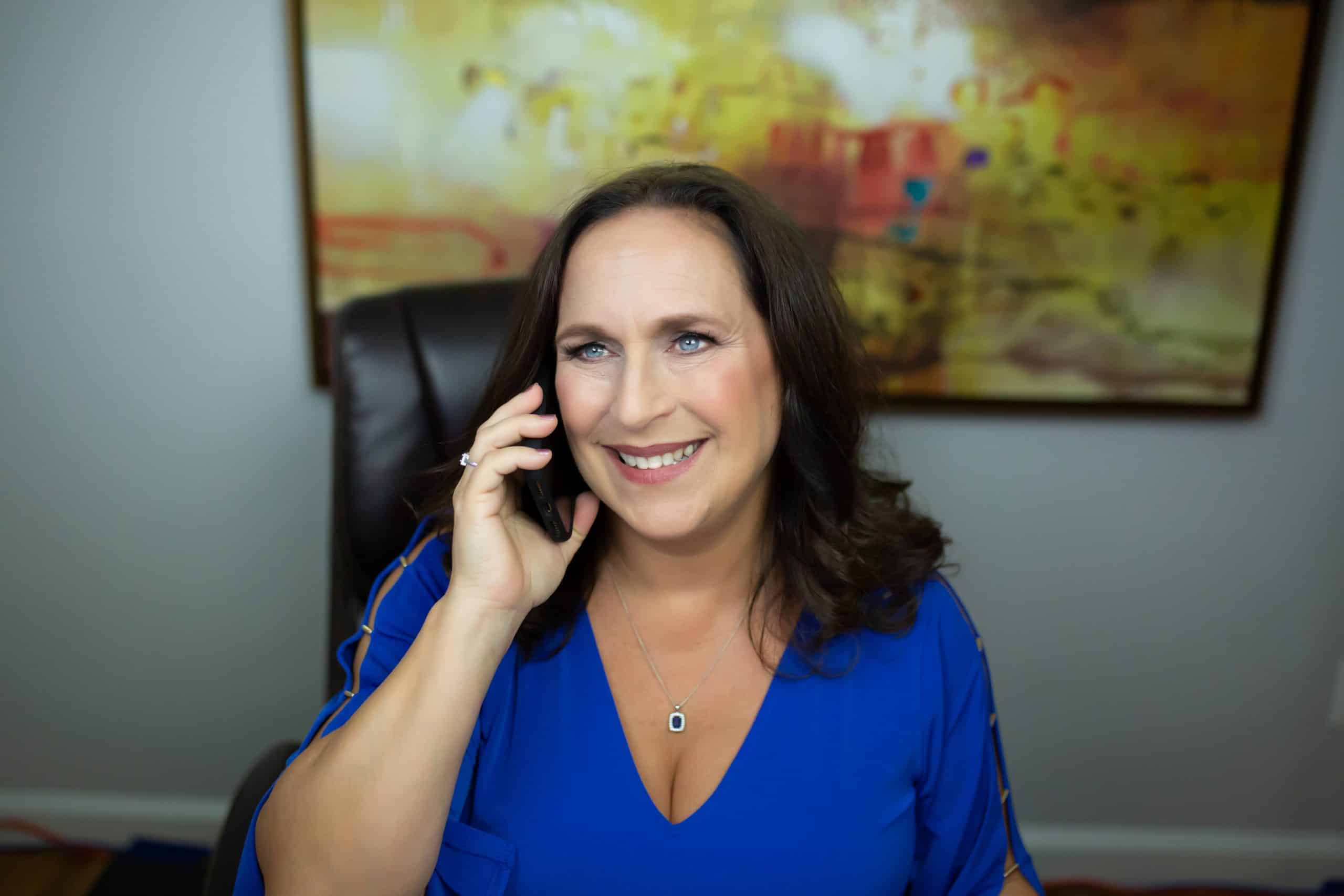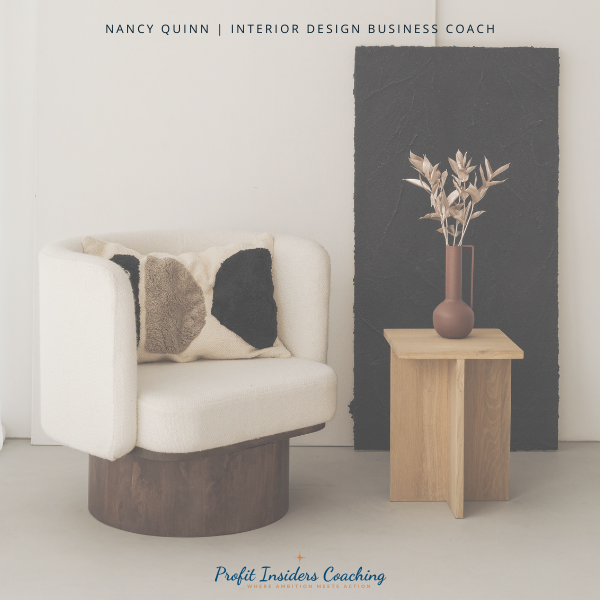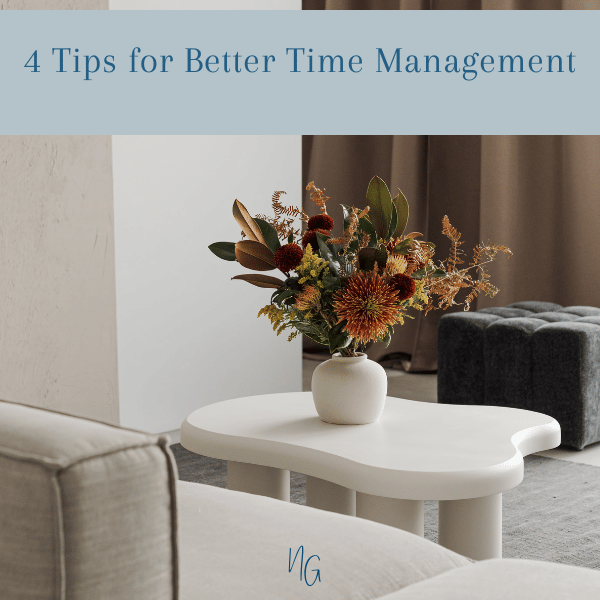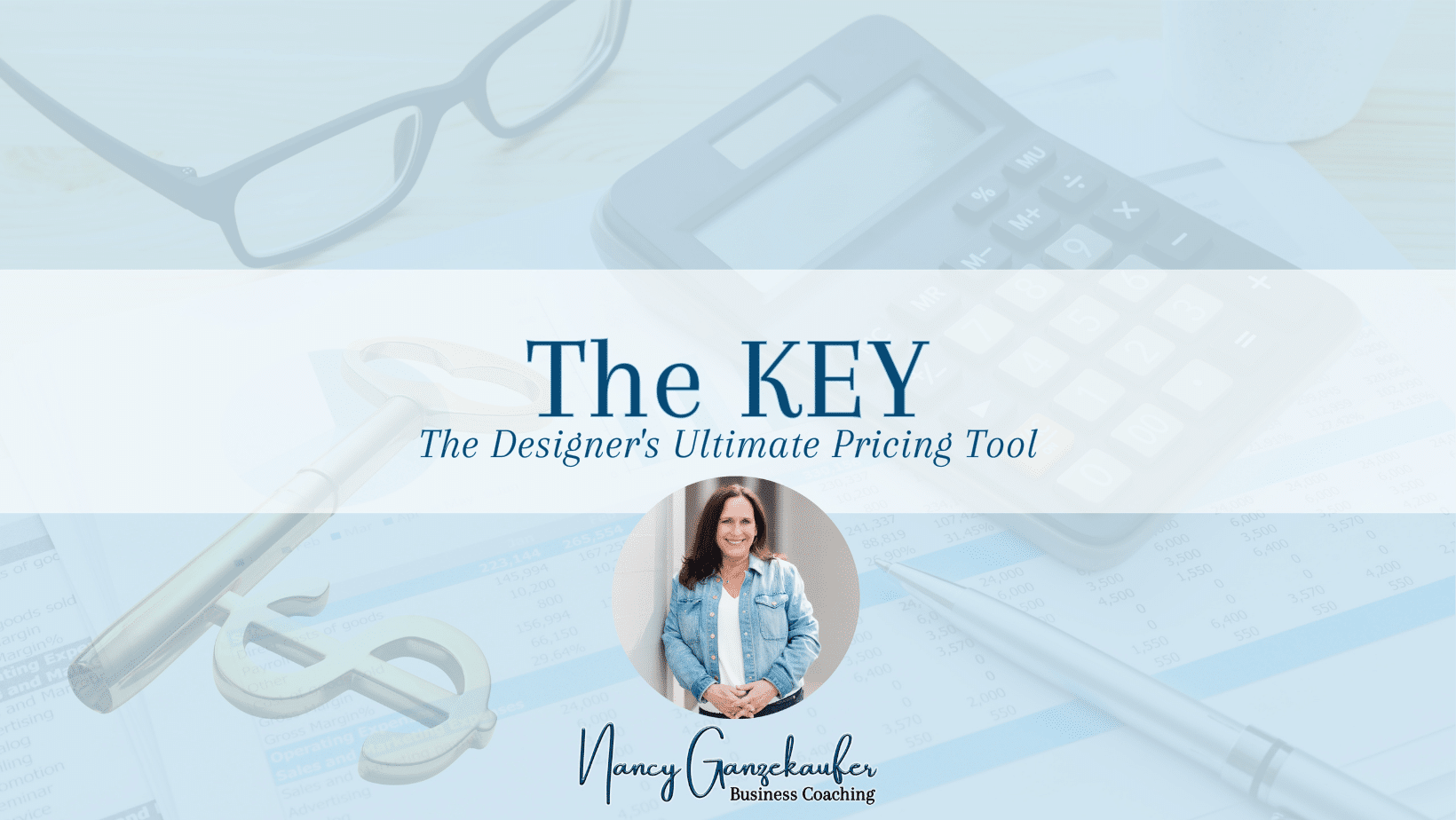Let’s talk about money! Do you have days where you want to pull your hair out because of your finances and money management? Financial management for Interior Designers (and small businesses in general) presents unique challenges. It can be a constant battle trying to keep things balanced, orderly, and reconciled.
Many entrepreneurs experience difficulties with financial management when they first start out but expect things to get easier in time. But, it often doesn’t work that way.
As a matter of fact, it isn’t unusual for a business to fail – even after many successful years – due to the mismanagement of finances and resources. By implementing just a few fairly simple money management concepts, you’ll find yourself focusing less on financial overwhelm and more on growing your business!
Setting It Up
Managing finances in your interior design business doesn’t have to be such a chore. I’ve worked with many clients who say they struggle with reconciling their incoming and outgoing funds, as well as keeping track of their taxable income. In my experience, the root cause for the majority of these challenges is bank account setup and a resistant money management mindset.
How can you possibly keep track of everything properly if you’re using a single bank account to do it? Some people use two accounts, and while that’s better than a single account, it’s still not an ideal structure.
At a minimum, you should have four (yes, I said four!) bank accounts, each with a specific purpose. And while setting them up and using them properly does take time, I’m certain it will be less time consuming for you than trying to sort everything out on the back end after months and years of mismanagement. And you’ll become more organized and profitable in the process!
Here’s a brief overview of the four–account structure. 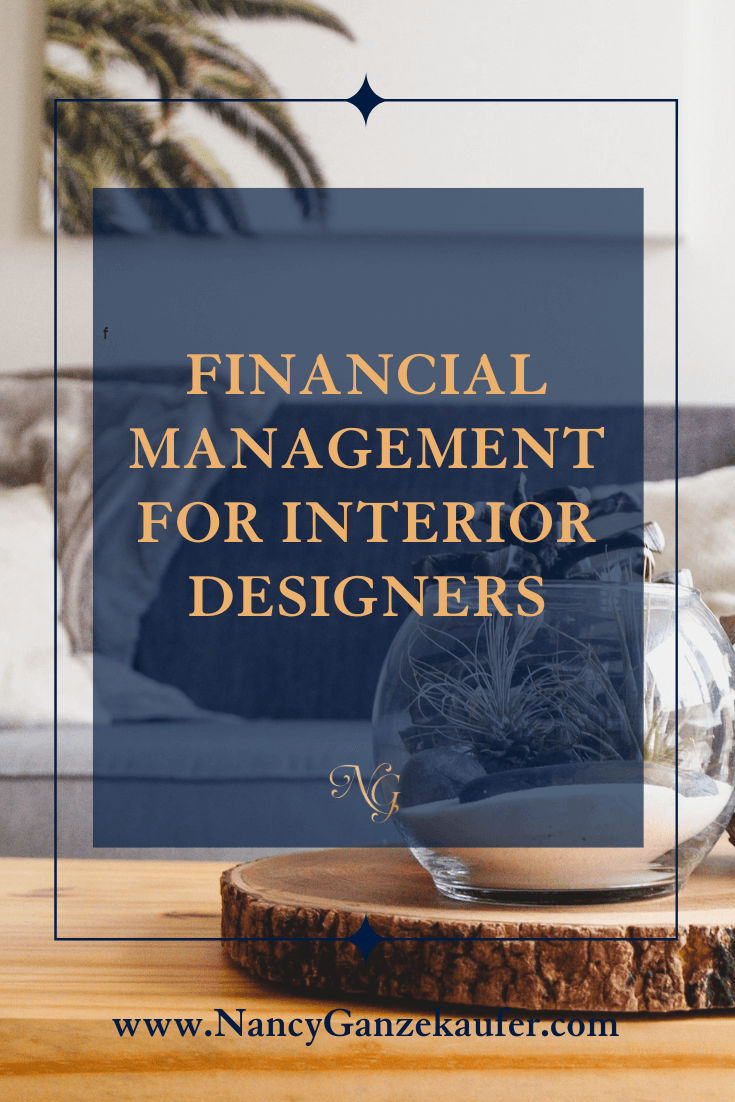
Splitting It Apart
Account #1: Operating Expenses
This account should contain all the funds needed to run your company. Do you have monthly software subscription fees? Are you making rent payments or monthly installments on a computer purchase? How about your phone line, printing costs, and payroll? And those social media and social media and marketing campaigns?
Everything that’s required for you to keep your business running should come out of this account. Because it will not only keep things more orderly, but will also help you better track your monthly and annual operational costs.
Account #2: Pass-Thru aka Vendor Payments
This account should contain the monies you need to set aside for paying your vendors associated with client jobs. So, when you receive payment from your clients, whatever portion of that payment will be used to pay for products and services rendered by a third party should always be diverted to a separate account. This ensures that the funds will be there when you need them!
Account #3: Taxes- Sales and Income
This account should be used to separate taxes, the money you know you will owe to a government body of some sort! For every invoice that is paid, the sales tax portion should be moved into a separate account. Because this guarantees that you won’t spend the funds you need for paying these taxes later on. In addition, you calculate your income tax on that invoice and set that aside as well. And there’s nothing worse than realizing you’re short on money when your taxes are due!
Account #4: Profit
After vendor payments have been separated and tax funds have been moved, you take a percentage of the remaining incoming money and set it aside in a profit account. This account is meant to be an owner draw for you, the risk-taker. You know… the person who works their butt off every day growing and managing a business! You can draw from this once a year or once a quarter and use that money to reward yourself for all your hard work with something special for you and/or your family.
Checking It Out
I’m sure this goes without saying, but you know me – I’m going to say it anyway!
Keeping an eye on your expenses is vital to a good financial management strategy as well. This doesn’t just mean acknowledging what you’re spending. It also means periodically auditing your expenses so you have an in-depth understanding of the “who-what-when-where” surrounding them.
Having separate accounts for operational expenses, vendor costs, and taxes makes it much easier to track expenditures. You can see how much you’ve spent in the last six months with that vendor, what your annual cost is for that software you’re using, and what you’re spending on a monthly basis for your freelance help, etc.
It also allows you non-accountant type business owners to easily visualize the financial strength of your company. This is extremely valuable for analyzing trends in your client base. Which months seem to be more lucrative? During what seasons do you experience lulls?
Use these trends to help you make smart decisions for your company. And take it a step further – take this information and incorporate it into your annual business plan!
Summary
Establishing a solid business financial system has so many benefits. You will gain confidence in the status of your finances, and instances of overspending will likely decrease. Moments of sweating over vendor or tax payments will become a thing of the past. The picture of your overall financial health will become more clear. And who doesn’t want all of that?
You don’t have to do this alone! If you’re overwhelmed and need help, sign up for a business strategy session and I’ll help you make decisions on the next steps for you and your business.
Hop into my private FB group, the Interior Design Business Forum here to get my daily inspiration, lessons, thoughts of the day, and let the community help you become an actionable entrepreneur!!

